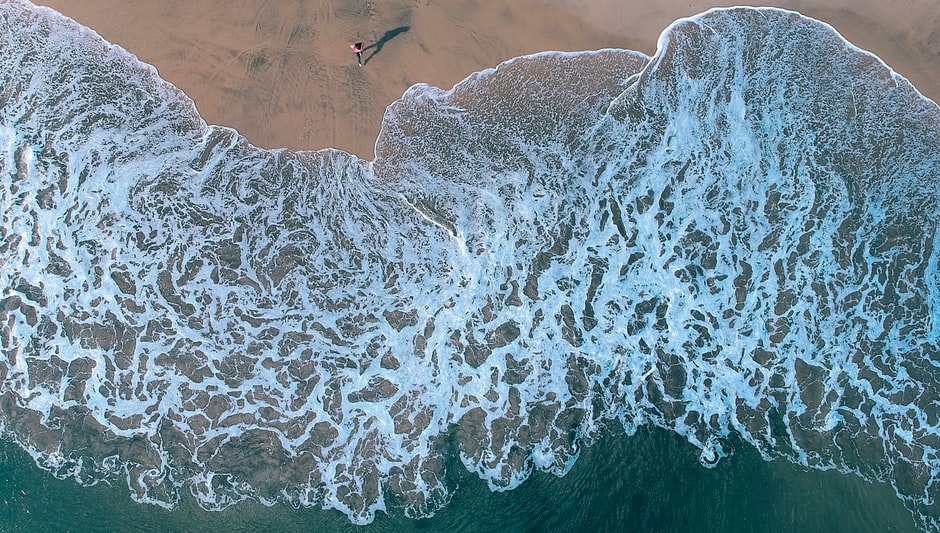“It’s a bit of a chicken-and-egg problem,” said Dr. David Goulson, a professor of ecology and evolutionary biology at the University of California, Santa Cruz, who was not involved in the study.
Table of Contents
How do fish suddenly appear in ponds?
Local flooding causes lakes and rivers to overrun their shores, emptying into new valleys and low lying land, creating new ponds when the flood waters pull back. In either case, the pond forms with water already part of an existing environment, complete with fish and other aquatic life. A pond is a body of water that has been drained of all its water.
Lakes and ponds are often referred to as “water bodies” or “watersheds,” but they are not the same thing. The term “lake” is often used to refer to water bodies that are located in lakeshore areas, such as Lake Michigan, Lake Huron, or Lake Erie, while “pond” refers to any water body that is located on land.
Do fish naturally occur in lakes?
Some of the most common fish found in lakes are tiny shiners: (see list)
- Sunfish
- Perch
- Bass
- Crappie
- Muskie
- Walleye
- Perch
- Lake trout
- Pike
- Eels
- Catfish
- Salmon
- Sturgeon
Many of these give food to people. The world’s water comes from lakes, which are an important part of the water cycle. Lakes are also a great place to see wildlife.
These animals and plants have evolved over millions of years to survive in a world that has changed dramatically over the course of human history. They are a testament to the power of nature and the ingenuity of man.
How did fish end up in mountain lakes?
Lakes are usually grouped together. The fish can swim from their old home to their new one on any of the rivers or waterways in and out. Waterspouts have moved fish and fish eggs from one place to another.
In the case of Lake Erie, the spout has been moving fish from Lake Huron to Lake Ontario for more than a century. In the early 1900s, when the lake was full of fish, spouts were moving them from the Great Lakes to the Bay of Fundy.
How did the first fish appear?
The first fish were primitive jawless forms which appeared in the early cambrian but were rare until the silurian and devonian. The second group of fish, the angiosperms, were the first to appear.
Angiosperm fossils were found in a variety of environments, from the deep sea to the surface of the ocean floor, and they are thought to have originated from a single common ancestor. They are also the most diverse group, with more than 1,000 known species.
Does fish get thirsty?
The answer is still no; as they live in water they probably don’t take it in as a conscious response to seek out and drink water. Thirst can be defined as a desire to drink water. It is not likely that fish will respond to such a desire. In fact, it is likely that most fish do not take water in the same way that humans do.
For example, many species of fish, such as tuna and swordfish, are known to be able to survive without water for long periods of time. This is due to the fact that they have evolved to use their gills to filter the water out of the air, which is why they can survive in such extreme conditions.
In contrast, most other fish cannot survive for more than a few hours without drinking water, and even then, they may only do so in very small amounts. The reason for this is that their bodies are not designed to take in large amounts of water at one time, so they need to constantly replenish their water stores.
